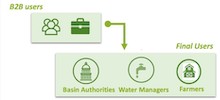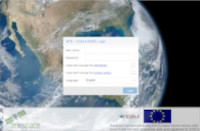- About us
- Project
- Publications
-
Deliverables

D6.4 – Promotional material
December 31, 2020DeliverablesThe aim of the communication materials is to publicise the COALA Project among potential users. This Deliverab...

D6.2: Communication and Disseminati...
December 31, 2020DeliverablesThis Deliverable is an update of the first version of the Communication and Dissemination Plan.

D4.1: Baseline Description of Pilot...
September 30, 2020DeliverablesThis Deliverable describes the pilot experiments of COALA Project. Participatory evaluation of the COALA servi...
- Media Room
-
News

COALA Project: A Success St...
August 20, 2023Blog, Evidenziato, News, Press ReleaseThe COALA Project, a European Union funded project involving a collaborative initiative between the European U...

Workshop on COALA business model
December 19, 2020News
Plenary meeting November 23, 24 and...
December 1, 2020NewsThe plenary meeting of COALA Project has been held on 23rd, 24th and 30 November 2020

Webinar: Governance of Water Scarci...
November 17, 2020NewsThanks to Copernicus data, Europe and Australia launch a new challenge to improve the management of water and ...
- Blog
- Resources
-
- September 12, 2022
- UNSW
- Blog, Evidenziato
- No Comments
- Innovators
- Early adopters
- Early majority
- Late majority
- Laggards
In Conversation with Kate Finger
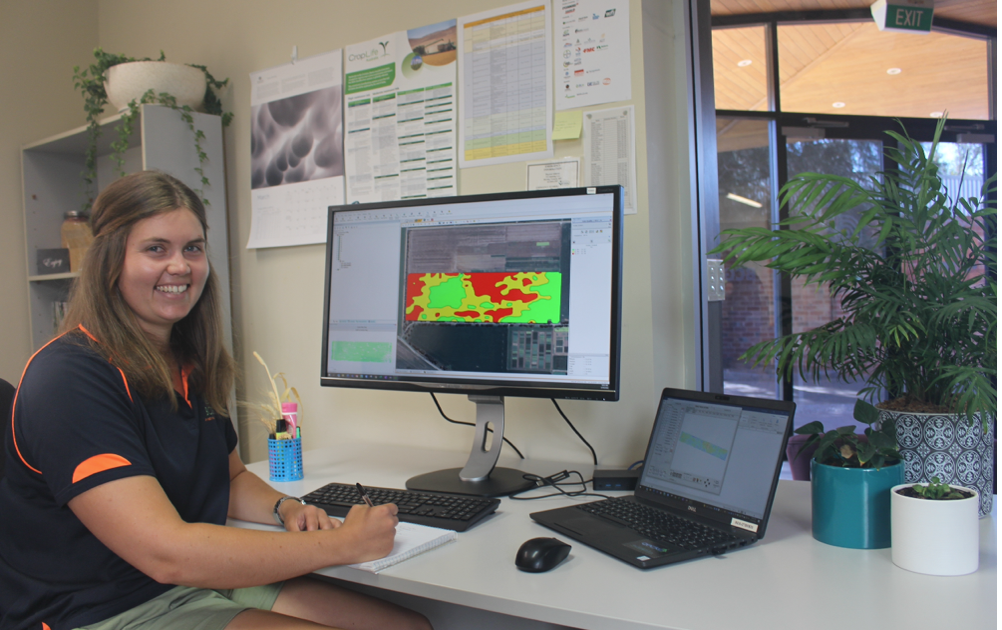
In Conversation with Kate Finger
Following wide open highways and flowering canola paddocks you will find Birchip, a small town 300kms northwest of Melbourne. Along with a bakery awarded the best vanilla slice in Australia, Birchip is also home to Birchip Cropping Group (BCG).
A few doors down from the famous bakery is Kate Finger’s office. Kate is a Research and Extension Officer for BCG. BCG is one of the on-the-ground partners for the COALA project, working with farmers to trial new technology.
Practical field trials and demonstrations are crucial to making new technology successful and ready for uptake for agricultural applications. This is where Kate Finger excels. We sat down for a conversation with Kate to see how BCG works to connect COALA with growers to test space technology that has the potential to support Aussie farms.
Kate Finger
Kate introduces her role: “Research and Extension Officer means that I work on a range of projects as they come through our organisation. I’m part of a research team made up of eight members. I’m currently managing 38 small plot trials with new products including herbicides, bio stimulants and novel crop varieties, as well as trials in crop nutrition and soil amelioration.”
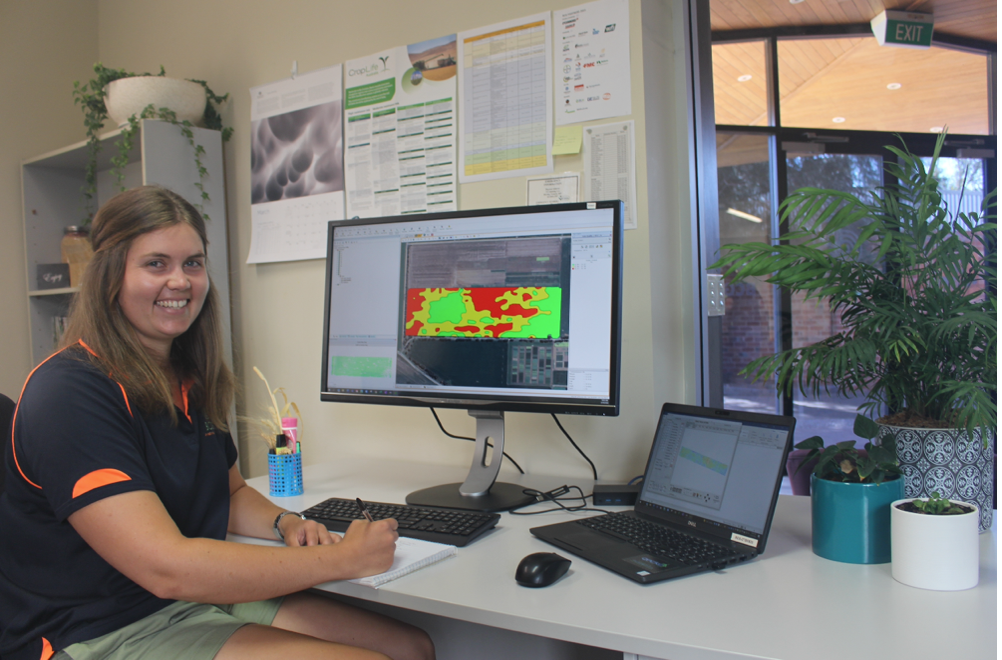
Birchip Cropping Group
BCG has been testing products and services of the COALA project on Australian farms. They use their extensive member network to seek feedback throughout the growing season. COALA technology is used to identify paddock management zones, create nutrient management plans and implement these via variable rate fertiliser applications. Currently a group of BCG members are testing these products and services.
BCG is a not-for-profit organisation proud to work with farmers to help improve their productivity and profitability. Kate enjoys collaborating with research organisations, universities, government departments and private companies to undertake research on farms, and work with BCG members to trial new tools. In the technology sector, BCG often works as an intermediary to test new products and services. This testing is done with a select group of farmers to provide feedback directly from the growers to researchers and companies like COALA.
Kate explains; “We work in the pre-commercialisation or pre-grower implementation phase before things get rolled out on a broad scale, so it’s the right fit with COALA that we’re working with these new tools and services which have been acquired in the European market. It’s exciting to be involved in the development stage. By exploring the technology on farm and providing grower feedback, technology such as COALA can be adapted to our environment. This then enables growers across Australia to gain a better understanding of whether such technology has a fit in their system.”
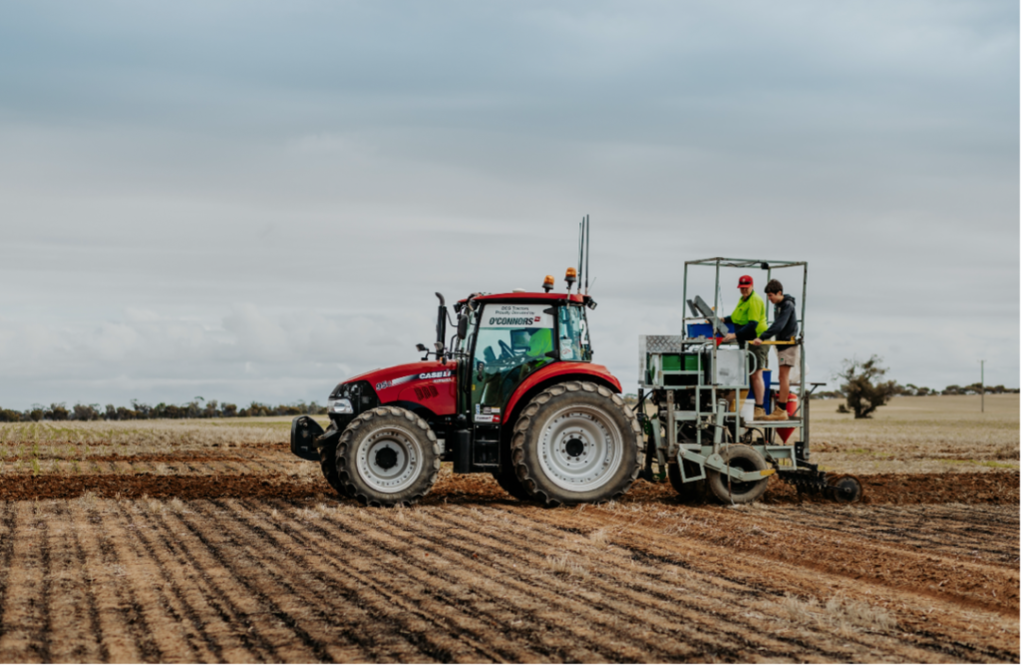
Testing new technology with growers
New technology is always a challenge to introduce to a new user group. Therefore, a large element of what BCG does falls into science communication.
Through field days, crop walks, monthly newsletters, fortnightly technical bulletins, workshops, webinars, bus study tours (and the list goes on) BCG provides numerous opportunities for growers to access the latest in applied research and new technologies. This is so that “no matter where they are on the technology adoption curve there is something for everyone”.
There are five categories in the technology adoption curve:

Through involvement with BCG, the COALA team have been connected with some of the more innovative farmers within the North West region of Victoria, Australia to trial their products.
What inspires the early adopters to jump on board?
The steppingstone for COALA and BCG is Yield Prophet, a software package used to help manage nitrogen. This has been a product that was introduced and up taken by many early adopters. Kate explains, “We use Yield Prophet to help manage nitrogen. It’s used by farmers, researchers and consultants from across Australia to help with their nitrogen management decisions. BCG initially got involved in this project to add some spatial information to that tool and see if we could improve it further. I’m hoping at the end of the COALA project, we’ll be able to integrate the full suite of COALA products relatable to dryland farming. And there’s some exciting developments. We have started the software upgrade process.”

Beyond the paddocks
Beyond research, BCG is actively working to improve the regional communities they work in. “BCG is a great supporter of not just keeping small rural communities alive, but growing them,” says Kate. BCG has several projects that support the communities in which they work. These include the BCG Community Network: launched to address challenges such as population decline, the impact of technology, ageing infrastructure, climate change and farmer wellbeing. They have also created a program for Building Climate Resilience: through working with local council and CMAs. Additionally, BCG helped deliver an event to explain the latest climate science, tools to adapt to change and business opportunities. They have also created the John T Reid education program. This brings precision agriculture and current and emerging on-farm technologies into secondary school classrooms.
A current project BCG is actively involved with is Nexus. Nexus investigates building local accommodation to bring researchers and students closer to where farmers need them. Kate outlines the importance of agricultural research in having a connection with the people on the land; “Connecting growers with researchers and giving them a great place to stay where they can get first-hand experience on farms is very important. From their experience they can help shape what they’re doing in the labs—more intense field experiments and glasshouses so that it’s working towards solving a real problem on farm.”
With the success of working with COALA partners’ Agrisat and the University of Castilla-La Mancha (UCLM), Kate is excited to see where this technology can go next.
“With an increase in the adoption of products and services that further assist with on-farm decision making, the space that COALA is working in has great potential to add another layer of information to help with nutrient management and more.”
“It’s also fascinating to see how technology developed in one part of the world can be adapted to suit Australia’s farming systems. We still have more to learn from each other so we can continue to refine our farming systems.”







